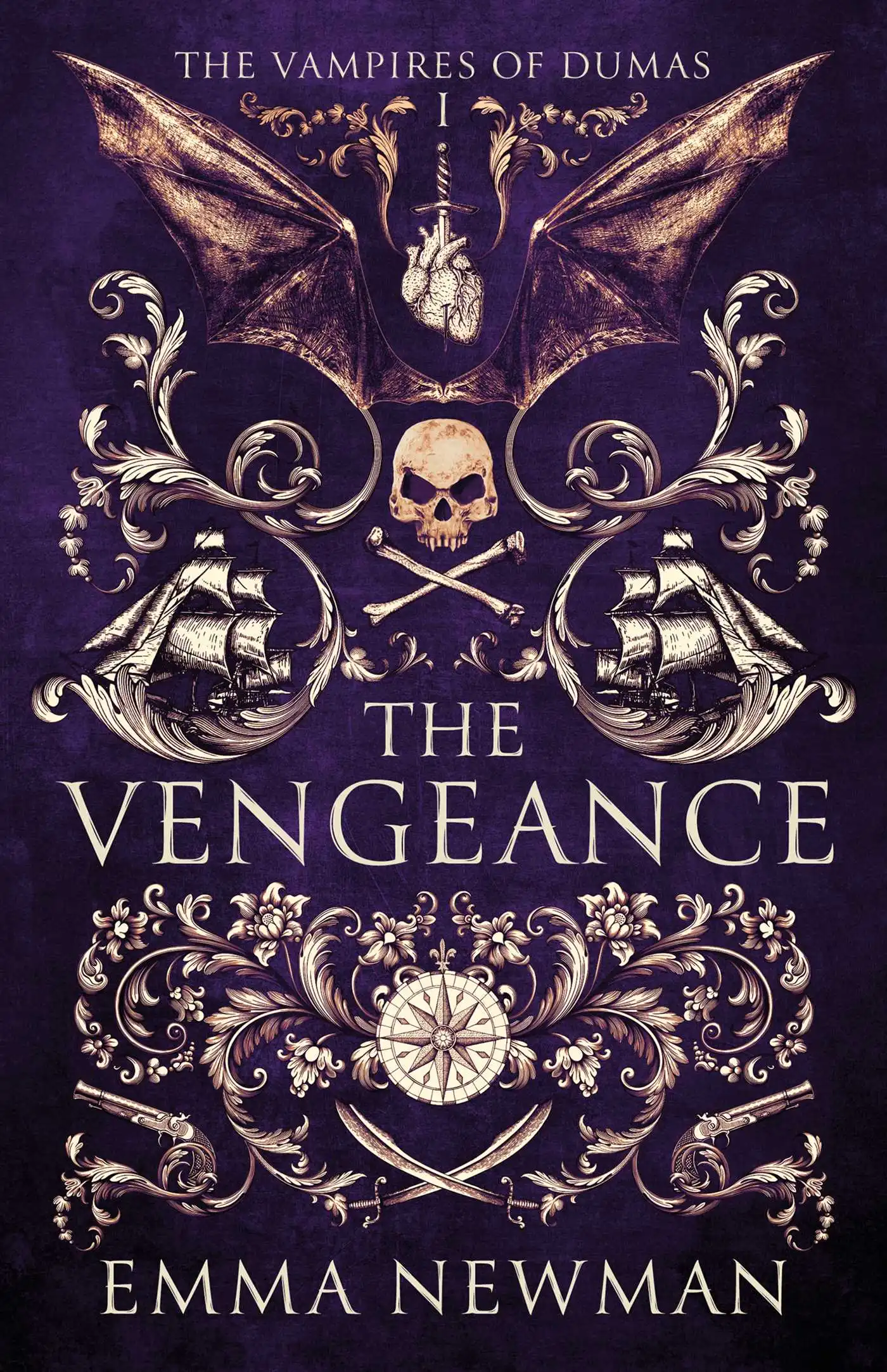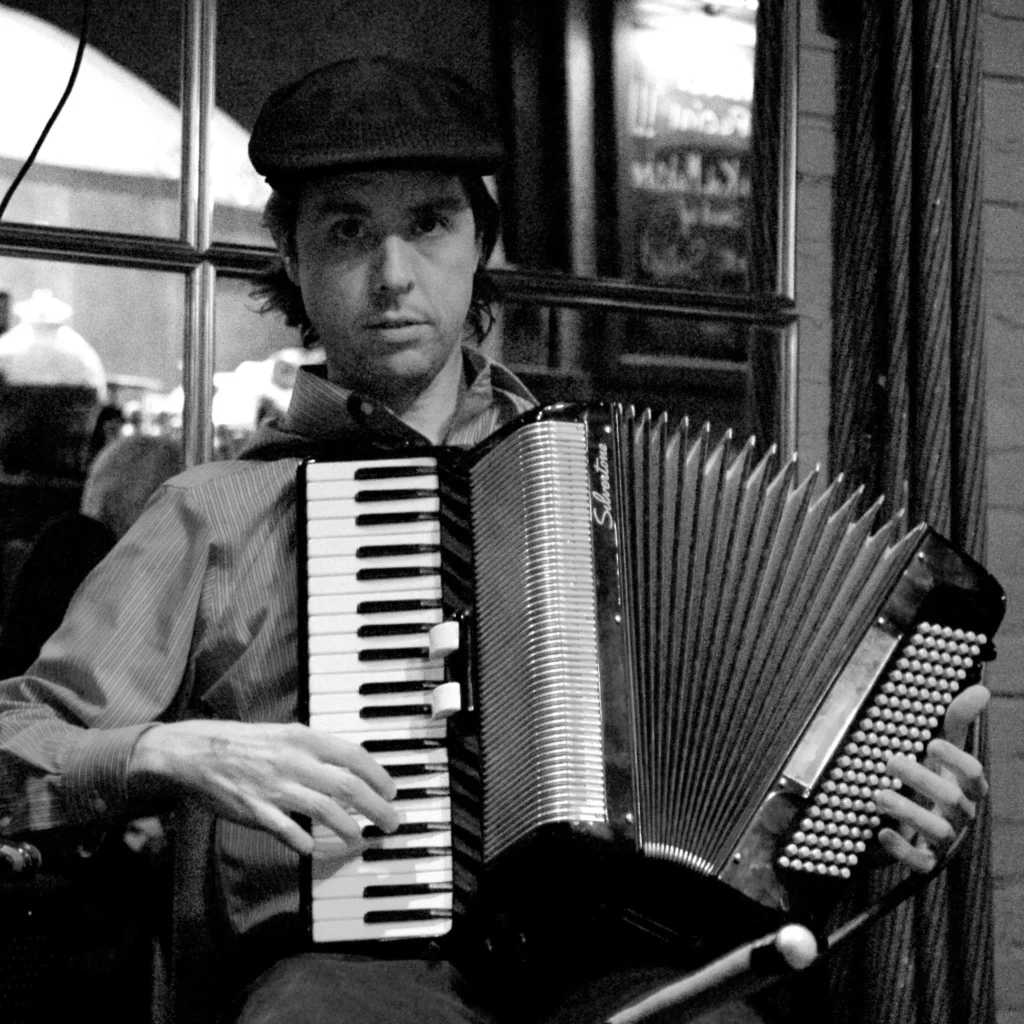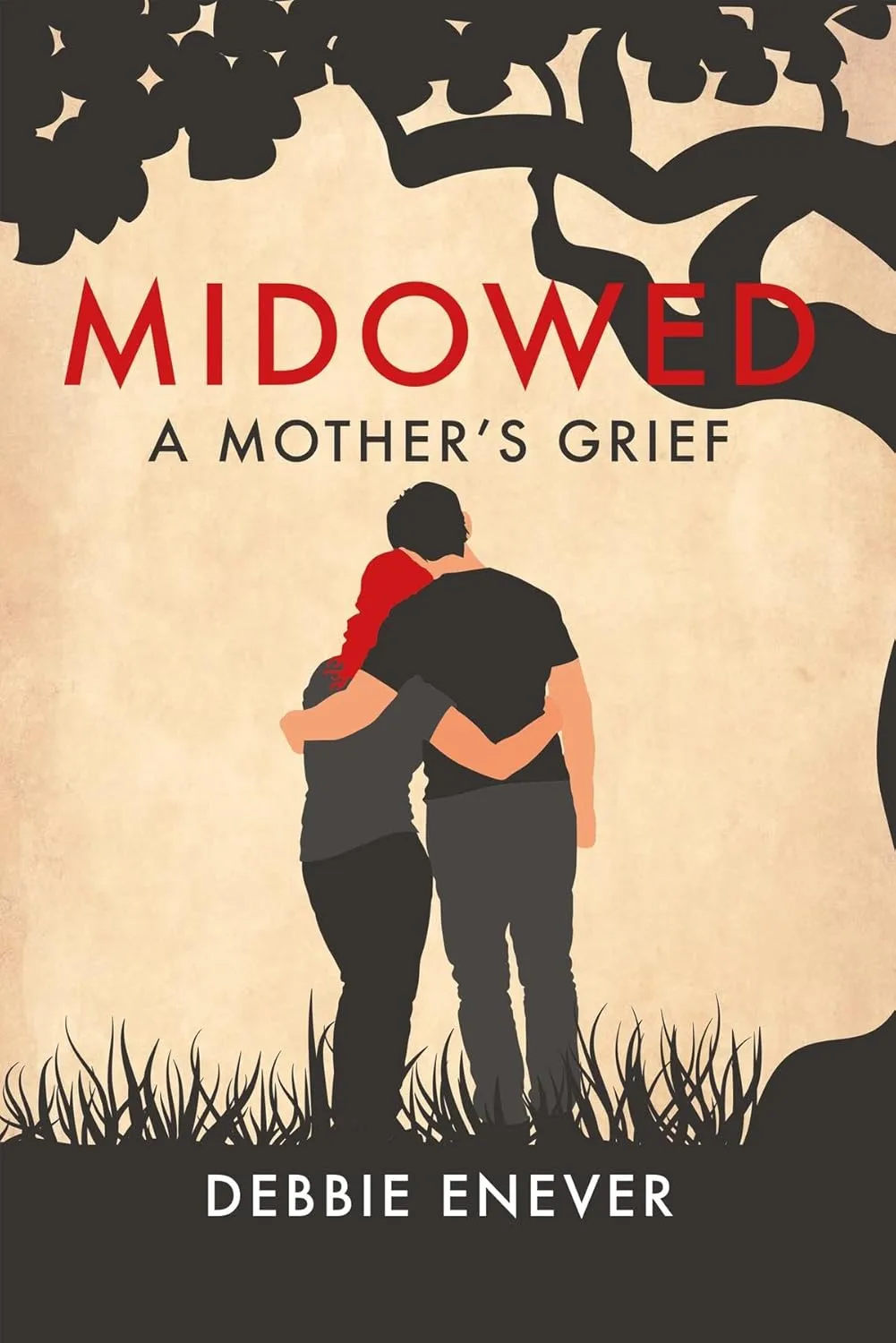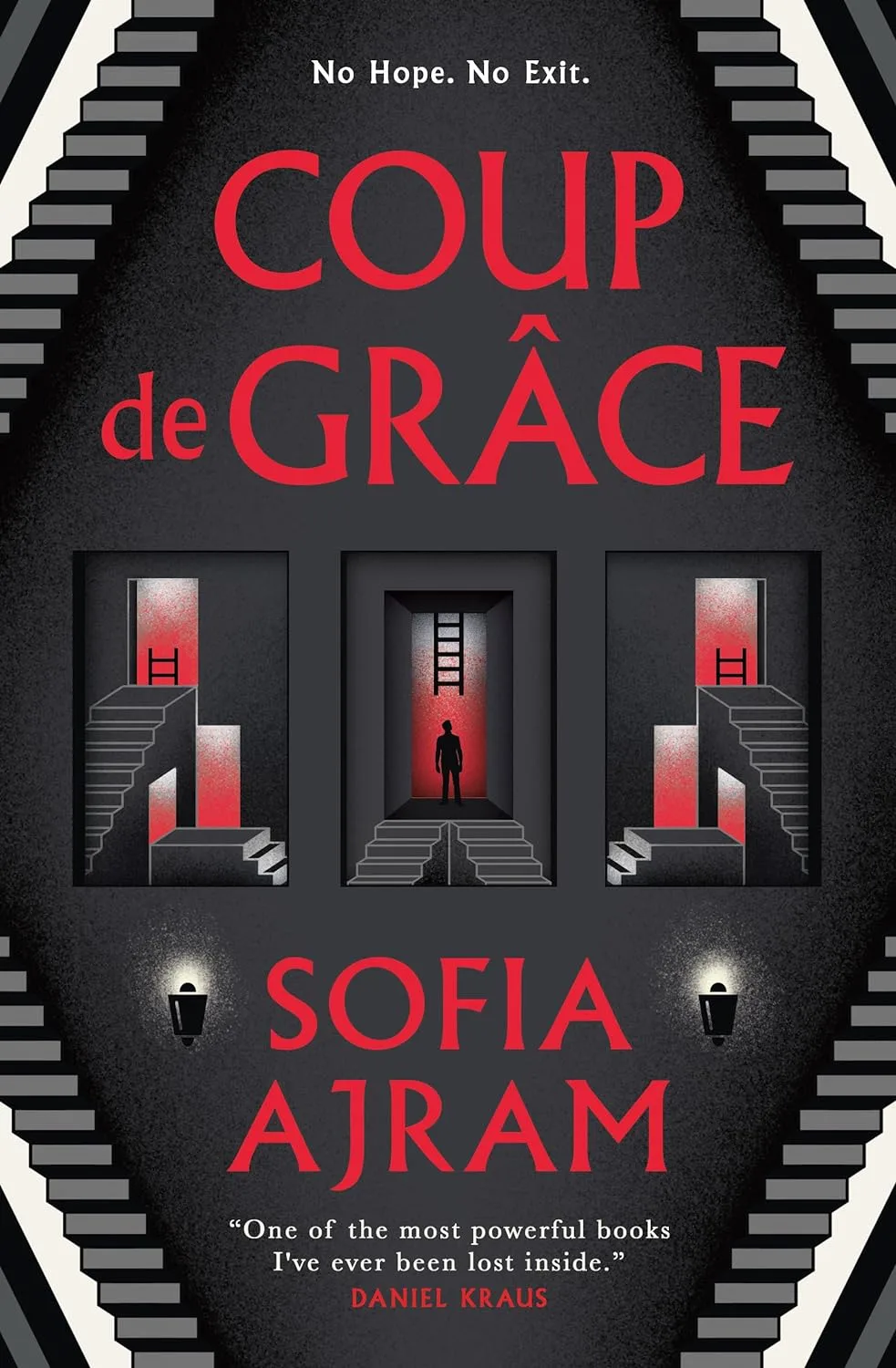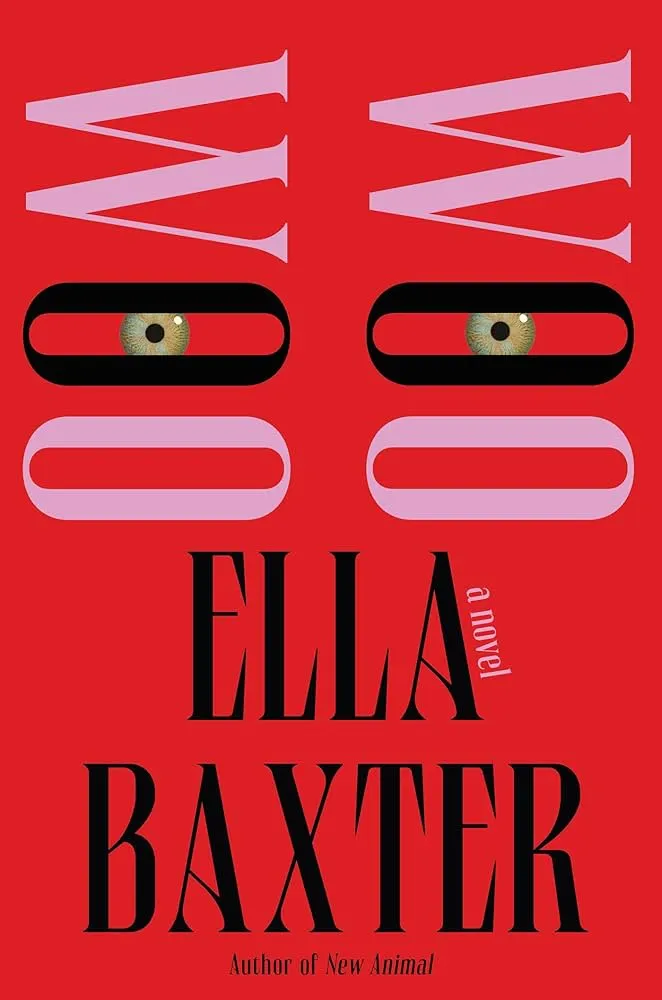
A Review of Woo Woo by Ella Baxter
Published on December 4, 2024 by Catapult.
I am a self-professed specialist when it comes to “weird-woman lit.” I love when women are strange, creepy, and plain off-putting. It describes the authentic experience of being a woman in an increasingly stupid and malicious world in a metaphorically honest, if not literal, way. Needless to say, Ella Baxter’s sophomore novel Woo Woo was very up my alley.
The story follows Sabine, a self-described “artist” getting ready for the debut of her photography-cum-performance-art exhibition with the help of her husband and social circle of other professed “artists.” As her exhibition date gets closer, Sabine becomes untethered from reality and descends further and further into her world of art, performance, and all the trappings that come with it in our age of social media personas, celebrity culture, and late-stage capitalism. Using absurdism, surrealism, and dark humor, Baxter looks at what it means to be a woman, to be an artist, and to be famous when the whole world has access to you every moment of every day.
The title was apt: This novel was, above all, deeply weird. I don’t mean weird in the increasingly commercial way co-opted by big-box publishers. I truly mean weird. Sabine is strange, her relationships with her husband and friends are strange, the art she creates is strange, and her view of the world is strange. I appreciate Baxter’s commitment to bizarreness in her images, language, character development, and dialogue. This is evident from the first chapters of the novel—Sabine live streams herself messily eating fruits on her kitchen floor in complete silence. Seeking a source of comfort, she lays directly on top of her husband in bed, head-to-head and toe-to-toe, listening to him breathe. Her exhibition consists entirely of self-portraits where she is hanging off bridges by her arms, wearing mesh costumes and masks of her own manufacture. These costumes range from “witch” to “baby,” and she refers to them as her “puppets.” The pinnacle of this being the final appearance of the “Rembrandt Man”— Sabine donning animal bones and driving him out of her home is not an image easily forgotten.
Again, this book isn’t weird for the sake of being weird, it has purpose. That purpose being Baxter’s desire to explore themes of womanhood and feminism, kunstlerroman, and the increasingly dire social conditions in which one creates art in a deeply unsubtle, incredibly memorable, and sometimes oddly poignant way. Though it might take a while, the absurdism did, by-and-large, have weight behind it.
I am of two minds when it comes to this novel’s approach as a kunstlerroman. I appreciate its bluntness of existence as the story makes no effort to hide the fact it is “art about art.” Right away, it’s clear every chapter is titled after a different piece of art, whether it be a performance piece, song, or film. The most obvious allusion I noticed was a fictionalized version of the painter Carolee Schneeman that appears as a hallucination-slash-fairy godmother to Sabine. Schneeman’s appearance highlights how Woo Woo is up front about the fact most literature, art, and theater in our current age is a pastiche of what already exists but rethought and reinterpreted.
However, on the other hand, I was a bit concerned about allusions to artworks becoming too derivative. Towards the end, the story felt weighed down by its own cultured-ness. The referenced art nearly eclipses the story itself. If you are constantly bringing up Marina Abramović and Meat Joy it is a bit inevitable your artistic creation is going to be compared to such works. But perhaps that was the point. Maybe the purpose was to make Sabine seem small compared to the performance-art titans of Schneeman and Abramovic. Maybe the point was to highlight the limits of the novel form in comparison to mediums like visual art and performance. It did give me a bone to chew on, even if I found that it didn’t quite work all the time.
Most of my criticisms range closer to questions. My biggest question being whether Woo Woo was intended to be satirical. At first, I thought it was—the dinner party scene, in my mind, all but confirmed it. The overwhelming amount of red wine and the bizarre and abstract way Sabine’s friends converse with one another felt like a parody of the interdisciplinary-artist types who only drink artisanal, locally-made liquor and try to hide that their parents have Wikipedia pages. But, the boot of dramatic irony never came down. In spots, it felt completely earnest. Sometimes Sabine live streams herself eating a pomegranate slowly, or rolling around on the floor, and the story moves right along as if it is as thoughtless as doing the laundry. But again, maybe that’s the point. Maybe it is an exercise on purpose—Sabine’s artist-cum-influencer persona is meant to be earnest and ironic in equal measure and, in turn, confusing.
Perhaps my biggest point of contention with this book is Sabine’s husband, Constantine. Why is he so tolerant of Sabine’s madness? I struggle to see why Constantine sticks with her. At one point, she turns up at the restaurant where he is the Executive Chef, orders massive amounts of food, causes a scene because he doesn’t come out to visit her, and leaves without eating anything. Following this episode, he returns home to her covered in animal bones, slopping around in rotten food from the fridge. Why would he put up with this? For a while, I became convinced Constantine was a figment of Sabine’s imagination, and I am still kicking the idea around. We do not see enough of the build up of their relationship, or really much of their relationship at all, to justify the lack of conflict between them given Sabine’s behavior. Again, maybe he is that great of a guy, and that is the point. Perhaps he is a figment of her imagination. But I didn’t see enough of him to say.
Woo Woo is fascinating and experimental. It’s clever, bizarre, and incredibly memorable. I enjoyed how experimental Baxter was and, for the most part, her efforts paid off. However, there were times Woo Woo wandered so far into “weird” I got a bit confused about how I was meant to interpret the story. That is not to say I didn’t enjoy it all the way through—I got a bit lost at some points, but I enjoyed the journey. It’s certainly a worthwhile read if you’re interested in visual and performance art, social commentary, and surrealism. Overall, Woo Woo is not a book easily forgotten.
